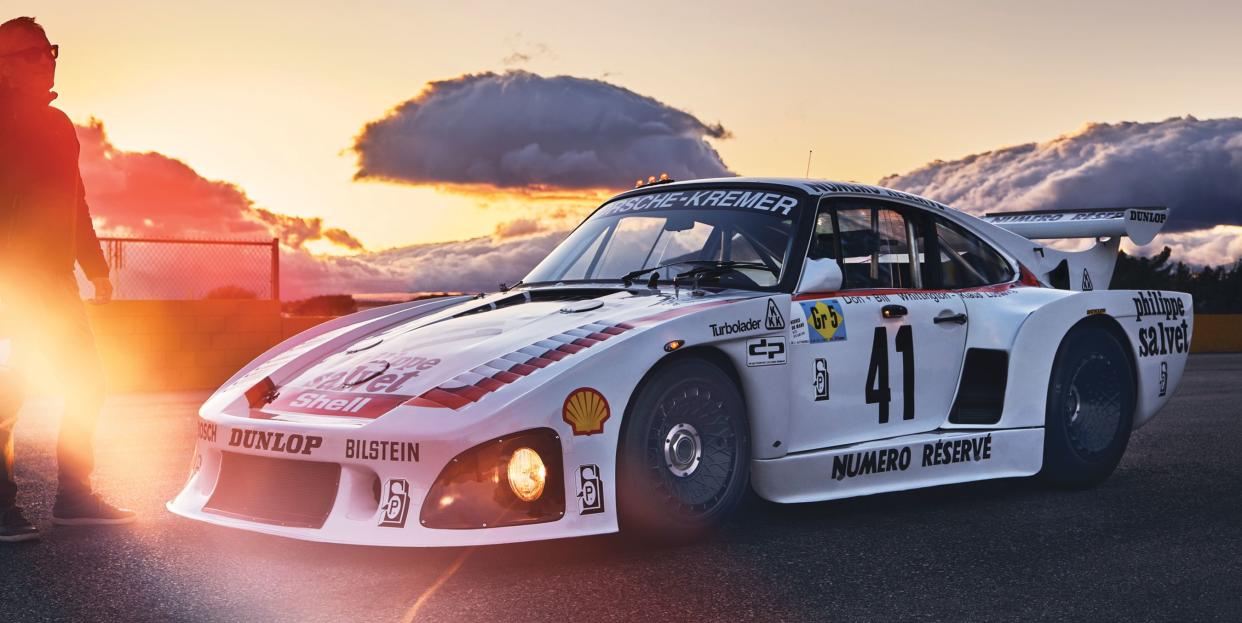This Year's 24 Hours of Le Mans Will Be Stronger Than Any Before

The 24 Hours of Le Mans started as a science fair and turned into a hair-raising race the moment the green flag waved. This was 1923, when the number of horses in use in Europe still exceeded that of cars, though the global shift to the internal-combustion engine had begun about a decade earlier.
This story originally appeared in Volume 16 of Road & Track.
If you’ve ever been through the Loire Valley and the tiny town of Le Mans, I don’t have to tell you it’s in the sticks. Ancient farm fields still rotate the same crops of beans, grapes, onions, leeks, and asparagus. The air is redolent with cow manure.
In the year of Le Mans’s first running, France was still reeling from World War I, which killed almost 20 percent of the French soldiers who fought in it. So this race was part of the nation’s—and the entire continent’s—recovery, conceived as a proving ground for the technology of the time: thin windscreens. There were 33 cars in the first running—all but three were French—and according to the rules (which senior editor Kyle Kinard describes as “an impenetrable bramble” in this issue), each vehicle had to have a functioning horn. Bentley showed up. So did Bugatti. The other marques are lost to history.
Today Le Mans is a celebrity of races. The words are synonymous with sports-car racing, obscuring the provincial origins. Billions are spent on the cars, which no longer have horns. This year is the race’s centenary and 91st running (we missed a few years due to the other world war and occasional labor strife).
And so Road & Track is commemorating the race by not only looking back at the most fascinating moments in Le Mans history, but also treating it the way it was meant to be from the start: as a science fair gone nuts. The 2023 race also happens to be coming at a time when it seems like every motorsport series is having a “moment.” This year several manufacturers—including Cadillac, Porsche, and Ferrari—are joining or rejoining the top prototype class. We hope this issue sets the stage for an amazing event and 100 more years of racing.
Stories From Volume 16
When Your Dad Is Henry Ford II
The Deadliest Racing Crash in History
NASCAR Is Sending a Stock Car to Le Mans
The American Super Sports Car That Couldn't Quite Conquer Le Mans
The Filth and the Fury of the 24 Hours of Le Mans
The 2012 Audi R18 e-Tron Quattro Took Le Mans Prototypes to Unsustainable Heights
The Winner's Guide to a Lap of Le Mans
Why Is Toyota’s Recent Dominance at La Sarthe So Underwhelming?
Hybrid Warfare: The Top Prototypes of the 24 Hours of Le Mans’ 100th Anniversary
If It Can't Spend $400 Million in F1 Anymore, Ferrari Might as Well Win Le Mans
We Only Expect One Thing from Penske and the Porsche 963
Cadillac Isn't Quiet About Taking on Le Mans
Driving Glickenhaus’ Le Mans Hypercar Fries Your Brain
The First Running of Le Mans Wasn't Even a Race. Until the Flag Dropped.
Deconstructing the Engine That Dominated Le Mans
The Greatest Run in Le Mans History Started With Getting Fired


You Might Also Like

